TSE Ka Fai, William, Associate Professor
謝 家暉
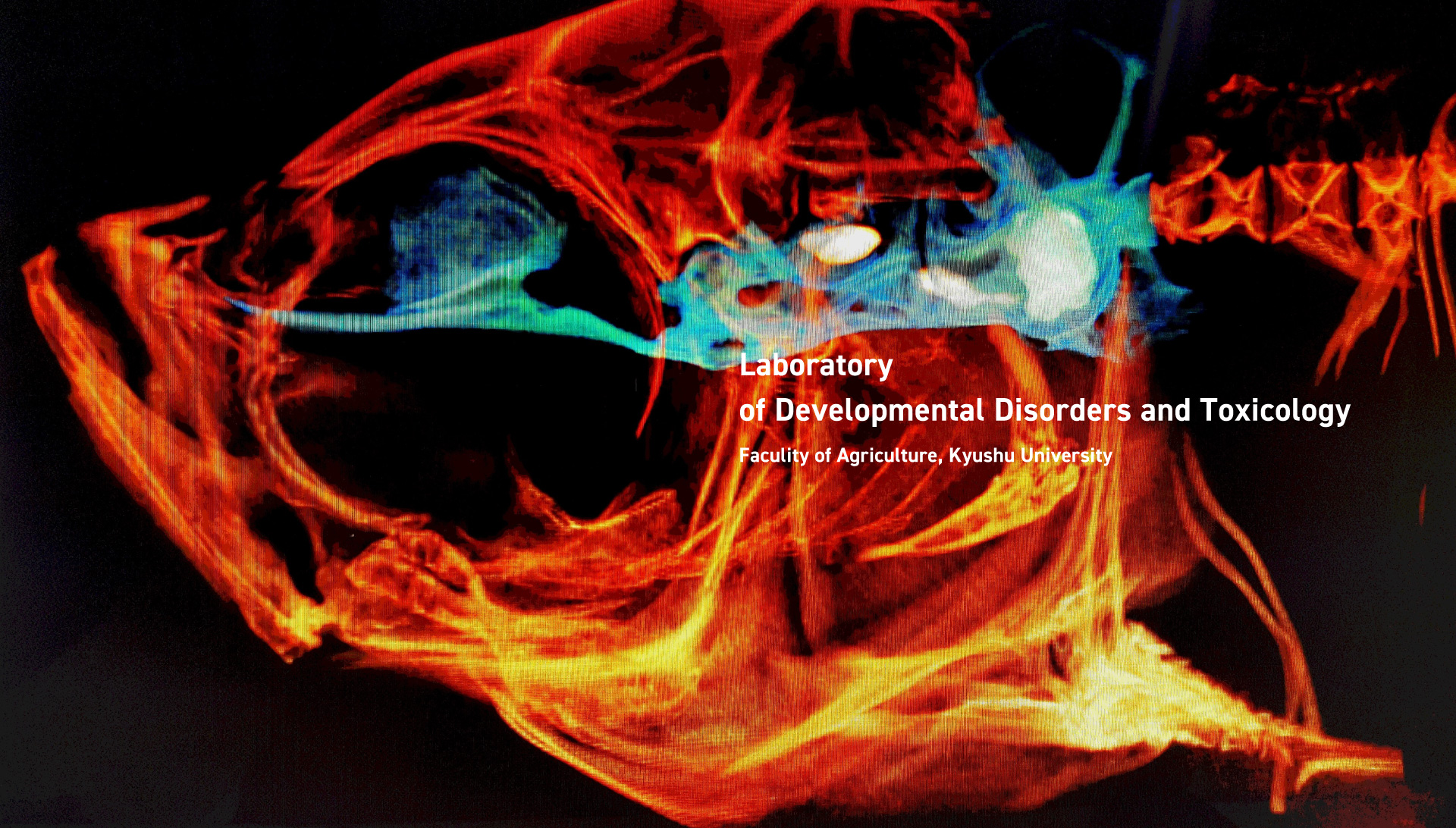
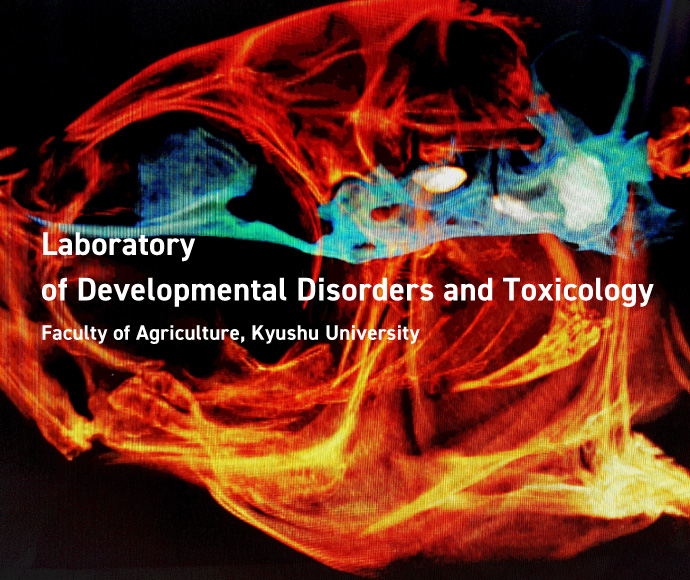

Hong Kong Baptist University, Hong Kong
June 2012 – Mar 2016
Research Assistant Professor
Massachusetts General Hospital, Harvard Medical School, USA
Sept 2011 – June 2012
Research Fellow
Atmosphere and Ocean Research Institute, the University of Tokyo, Japan
Sept 2009 – Mar 2011
JSPS Research Fellow/ Research Associate
Institute of Molecular and Cell Biology, A*STAR, Singapore
Nov 2007 – Sept 2009
Research Fellow
Lab. Overview
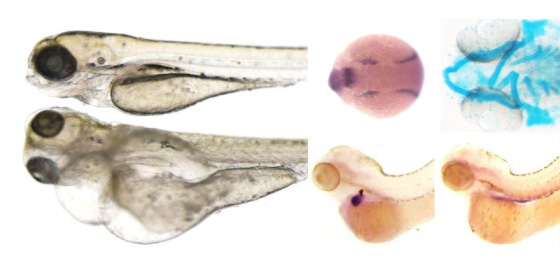
Our group has four major research themes which are the: i) Disease Mechanism; ii) Function of Deubiquitinase; iii) Osmoregulation; and iv) Developmental Toxicity. We used both the in vitro cell line model and the in vivo small fish model (zebrafish and medaka) in our researches. The laboratory applied various molecular techniques and integrative omics technologies to understand the biological issues.
Research Theme
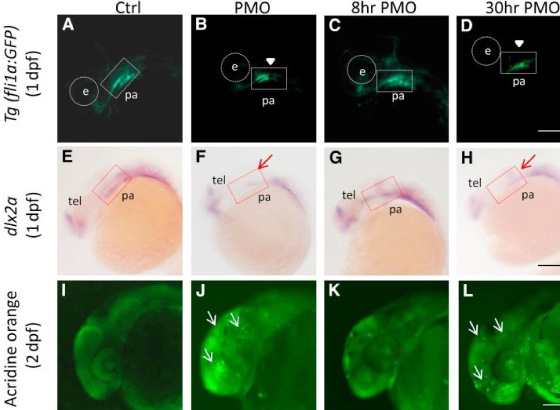
Disease Mechanism
Our group uses in vivo and in vitro model to understand the developmental disease. One of our focuses is the craniofacial malformation. Development of the proper facial structure is a complex process that requires tight regulation on various signaling molecules. Gene mutation is known to cause cleft lip and/or palate (CL/ CLP). By understanding the pathogenesis of the disease, potential gene therapy and small molecule will be identified for treatment.
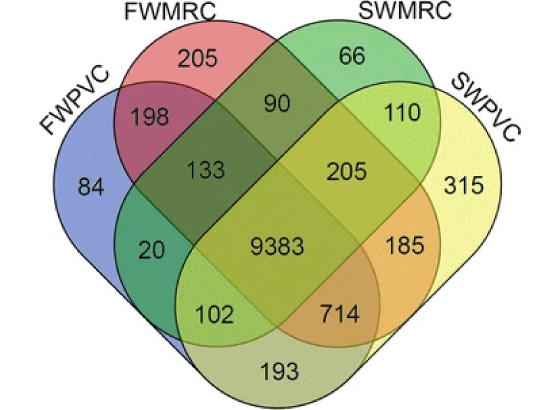
Osmoregulation
The capability of animal cells to maintain a constant cell volume is a prerequisite for cellular life. When eukaryotic cells are exposed to extracellular hypertonicity or hypotonicity (osmotic stress), they undergo rapid regulatory processes, which include restoration of the cell volume, change in the cytoskeletal architecture, and redistribution of small organic osmolytes, to maintain their cellular homeostatic status. The mechanism is particularly important in gill epithelia in fishes. Our group applies multiple omics technologies to understand the molecular issues in fish osmoregulation.
Selected Publications
- [1] R. Li, C. Huang, JCH. Ho, CCT Leung, RYC. Kong, Y. Li, X. Liang, KP. Lai, WKF. Tse*. The use of glutathione to reduce oxidative stress status and its potential for modifying the extracellular matrix organization in cleft lip. Free Radic. Biol. Med. 2021. 164: 130-138.
- [2] KP. Lai, X. Lin, N. Tam, JCH. Ho., MK. Wong, J. Ge. TF. Chan. WKF. Tse*. Osmotic stress induces gut microbiota community shift in fish. Env. Micro. 2020. 22: 3784-3702.
Links
アクセス Access
Room 580, office, Room 519, Lab
Faculty of Agriculture
Kyushu University
744 Motooka, Nishi-Ku, Fukuoka 819-0395, Japan
